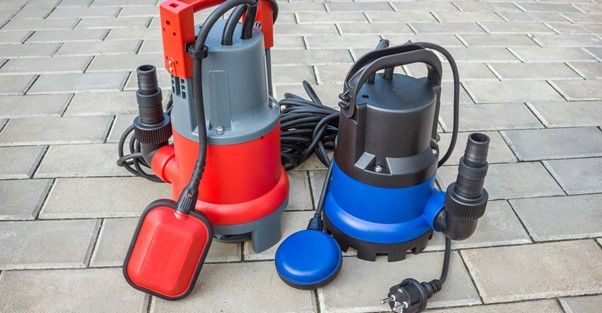A How-to Guide for Pump Performance Curves in Australia
As Australia’s trusted supplier of submersible pump systems for plumbers and fire protection contractors, Aline Pumps can help with all your pump-related questions. The pump performance curve is an important consideration when buying and operating a pump and we often hear questions about this. What do the different lines mean? What’s the right pump for the job? Keep reading to learn more about pump performance curves and what they tell you.
Pump Curve Basics
Let’s start with what a pump curve is. This is a graph representing the pump’s output based on manufacturer standards and testing. All pumps have their own performance curve, which varies across different submersible pump designs and brands. The pump curve is based on the horsepower and the impeller shape/size. With a pump curve, you can understand the pump’s limitations, which is important because going above the given range may cause damage and downtime.
Reading a Centrifugal Pump Curve
Flow and head are the two most vital performance factors displayed on a pump curve. In Australia, flow is measured in litre per minute (lpm) or metre per hour (m3/h), although gallon per minute (gpm) is used in some other parts of the world. Flow measures the rate at which the liquid moves through a submersible water pump. Viscosity varies with different liquids so you need to know what the flow is. For example, with a home hot water heater, too much flow causes system noise, but too little flow means some areas may not get enough heat.
Pound per square inch (PSI) is the standard pressure measurement. In a hydronic submersible water pump system, it’s calculated as head pressure or head loss in head feet. The head measures a fluid’s total mechanical energy at a certain point in the piping system. Sufficient pressure is required to move the fluid despite head loss, which is created by friction in the piping, valves and fittings. 1 PSI drop in system pressure is equivalent to 2.31 head feet.
How to Read a Pump Performance Curve
Remember, a pump curve shows you how the pump will perform at a given point in its range. Flow is listed on the horizontal access and the head is on the vertical access. Find the desired flow rate and the accompanying head measurement to understand the pump’s pressure performance.
Keep in mind that the best efficiency point (BEP) is around 85% of the shutoff head. We recommend operating the pump at or close to the BEP, which is typically specified in the pump manual or curve. With the pump curve, you can see how the pump will perform throughout its range, and these insights will help to maximise effectiveness and reliability.
Learn More From Australia’s Leader in Fire Hydrant Pumps and Tanks
With a better understanding of pump performance curves, you can make the right decision when buying pump systems and tanks in Australia. Take a look at Aline Pumps’ impressive selection of pump stations or contact us to discuss industrial and fire hydrant pumps.





